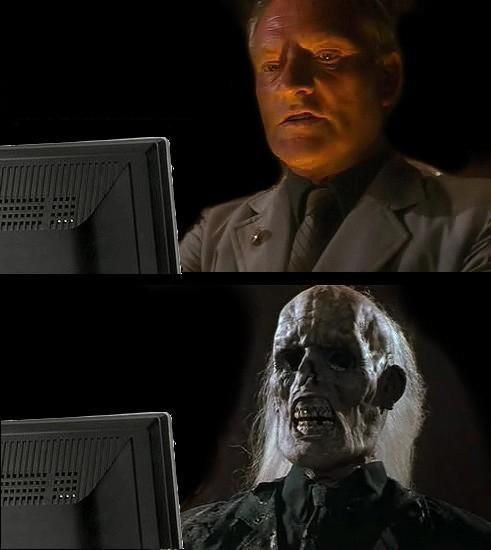What is Waiting Skeleton
Create Your Own Waiting Skeleton Meme Waiting Skeleton
Waiting SkeletonWaiting Skeleton
The "Waiting Skeleton" is a widely recognized internet meme featuring an image or animated GIF of a skeleton, often depicted in a seated or slumped posture, conveying a profound sense of boredom, impatience, or resignation. This visual metaphor humorously illustrates the feeling of waiting for an excessively long period, to the point of turning into a skeleton.
🤨 Meaning
At its core, the "Waiting Skeleton" meme symbolizes the agony of prolonged waiting and the perceived futility of delays. It encapsulates feelings of extreme impatience, frustration, and the passage of an inordinate amount of time while anticipating an event, action, or outcome. The skeletal form humorously exaggerates the idea of "waiting until you're dead" or "waiting forever," highlighting the perceived endlessness or absurdity of the delay. It's frequently employed to express relatable exasperation in various everyday and digital contexts, often with a touch of dark humor.
📖 Origin
While the concept of a skeleton representing the passage of time or death is ancient, the most iconic "Waiting Skeleton" meme widely used today primarily originates from a specific scene in the popular American animated television series SpongeBob SquarePants. This memorable moment occurs in "The Camping Episode" (Season 3, Episode 48b), which first aired in 2002. In the scene, Squidward Tentacles transforms into a skeleton while impatiently waiting for SpongeBob and Patrick to tell a ghost story. This particular visual quickly became a versatile reaction image and GIF, spreading across social media platforms, forums, and messaging apps due to its highly relatable depiction of endless waiting. A popular clip of the scene can be found on YouTube: https://www.youtube.com/watch?v=F0f-yN9-58o.
🎙️ Usage
The "Waiting Skeleton" meme is perfectly suited for scenarios where patience is tested to its absolute limits, or when a situation is taking an absurdly long time to resolve. It serves as a humorous and widely understood shorthand to convey frustration, boredom, and the passage of time without resorting to overtly negative language, making it highly relatable and pervasive in online communication.
Here are some common applications and examples of its use:
- Software & Technology: Expressing exasperation over painfully slow download times, lengthy software updates, persistent buffering videos, or endlessly loading applications and websites.
- Customer Service & Bureaucracy: Illustrating the agonizing experience of being on hold for extended periods with customer support, or the slow pace of official processes, paperwork, and administrative approvals.
- Delivery & Shipping: Conveying the intense anticipation and eventual boredom of waiting for an online order or package to arrive.
- Social & Personal Interactions: Used humorously when waiting for a friend who is notoriously late, for a reply to a message that seems to take forever, or for someone to finish a tedious task.
- Anticipation of New Content: Depicting the prolonged, almost unbearable wait for a new season of a favorite TV show, a highly anticipated video game release, an album drop, or any other long-awaited media.
- General Delays: Any situation where an expected event is significantly delayed, causing boredom, annoyance, or a feeling of time standing still.
🖼️ Related Images










